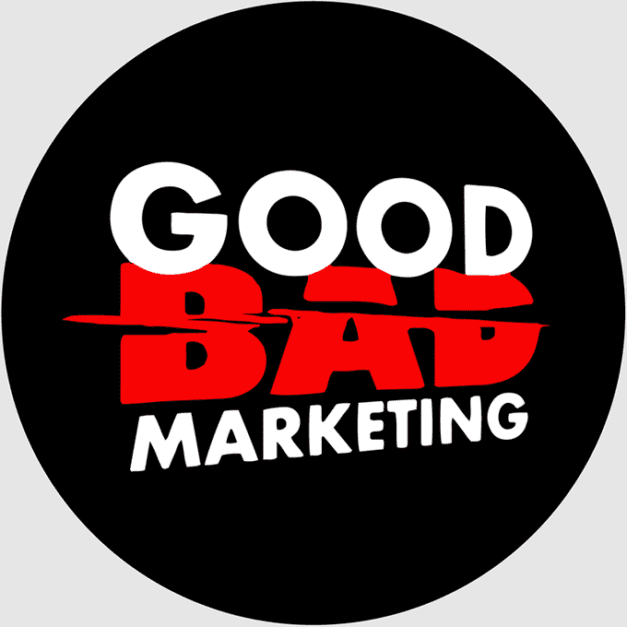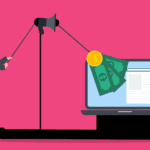Research-based marketing is an essential part of branding. It connotes being able to reach out to clients, with the purpose to extract opinions to better product design and customer experience. With the innovations marketing has set in the technological era, it has come to a point where it is solely customer-centred, creating mutual benefits for brands and customers for each end’s satisfaction.
User Experience (UX) design has been beneficial for brands today. It is the term used by market researchers about a strategy wherein it designs a system that offers better, relevant, and meaningful experiences for customers. Consequently, the system design adheres to the whole process of acquiring and incorporating products with the branding, design, usability, and function. However, there is no concrete definition and efficient scope to what a customer experience is; nonetheless, UX Design is not only about usability but rather focuses on aspects like efficiency, convenience, pleasure, and fun as well.
Hence, it is a design that caters to different user needs, narrowing down the particulars of preference and pooling them into one system design that can meet user needs and demands.
So why does it matter?
UX Design is customer-centred. With the multi-disciplinary field it incorporates to fulfil different preferences, it creates a system that is beneficial to all.
As a multidisciplinary field, backgrounds like programming, visual design, interaction design, and psychology come to place. Because it must be convenient for humans regardless of any biases, it should accommodate potential users before any product comes out. For instance, smartphones now have the ability to change texts to different fonts and sizes. One explanation for this would be those who cannot read tiny texts. Another example would be the iPhone; the phone enables visually impaired people to write texts through tapping specific times for a letter or a word to be typed (even using Siri for extra convenience). This entails that UX uses research and creates different personas within their market, advocating to keep users’ needs at the centre of how the design and interface will be. Thus, relevant issues and concerns are addressed with utmost importance in UX Design.
Hence, the engaging design UX Design offers, primarily guides users to do the desired action in the most convenient and most user-friendly way possible.
The UX Design
UX Designs should be thought of strategically. Because it is a research-based approach accompanied by its different fields, it should come to navigate greater service for customers to increase profitability in the long run.
The most important component of the design is research. The keen understanding of who the users are and what they want for a product allows UX to facilitate the individual experiences of loyal and potential customers.
Yet, 2 questions arise to jumpstart a UX Design:
- “Who are your targeted users?”
- “How would they use your product?”
These questions are very essential in the UX Design process. The targeted users are the potential market where your product will be introduced. Nonetheless, the second question focuses on the clients’ needs; making sure they can conveniently use your product and navigate through the system and interface without a sweat. Thus, these questions are based on a customer-approach tactic, putting the customers first at the very center of each design.
When a UX Design is properly made, it will take a great part in broadening your target market. A carefully devised design is your mediator among all other competitors, as you are able to connect with clients on a micro level. Therefore, UX Designs are a great asset for a company to reduce disappointment and frustration from clients while further improving products and services to build customer loyalty along with customer satisfaction.





